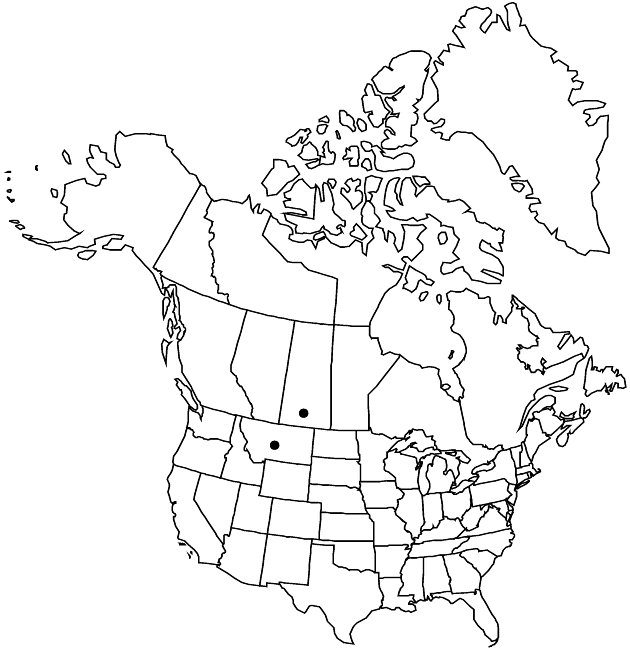Difference between revisions of "Senecio integerrimus var. scribneri"
Leafl. W. Bot. 9: 109. 1960.
Basionym: Senecio scribneri Rydberg Mem. New York Bot. Gard. 1: 441. 1900
FNA>Volume Importer |
FNA>Volume Importer |
||
| Line 53: | Line 53: | ||
|publication year=1960 | |publication year=1960 | ||
|special status= | |special status= | ||
| − | |source xml=https://jpend@bitbucket.org/aafc-mbb/fna-data-curation.git/src/ | + | |source xml=https://jpend@bitbucket.org/aafc-mbb/fna-data-curation.git/src/f50eec43f223ca0e34566be0b046453a0960e173/coarse_grained_fna_xml/V19-20-21/V20_1233.xml |
|tribe=Asteraceae tribe Senecioneae | |tribe=Asteraceae tribe Senecioneae | ||
|genus=Senecio | |genus=Senecio | ||
Revision as of 20:24, 16 December 2019
Herbage usually villous, sometimes arachnose or tomentose, at flowering. Leaves: basal and proximal cauline ± petiolate; blades (cauline) oblong or lanceolate to sublinear (6–10 × 0.5–2 cm). Heads 3–6(–16+). Phyllaries ± linear, 10–15 mm, tips usually green, rarely black. Ray florets probably mostly 5; corollas yellow, laminae 12–15 mm.
Phenology: Flowering spring.
Habitat: Plains and open foothills
Elevation: 300–1600 m
Discussion
Of conservation concern.
Variety scribneri is poorly known and seldom collected. It is distinguished by its relatively larger heads and narrower leaves and its indument (in a region where var. integerrimus is notably glabrate).
Selected References
None.
Lower Taxa
None.
